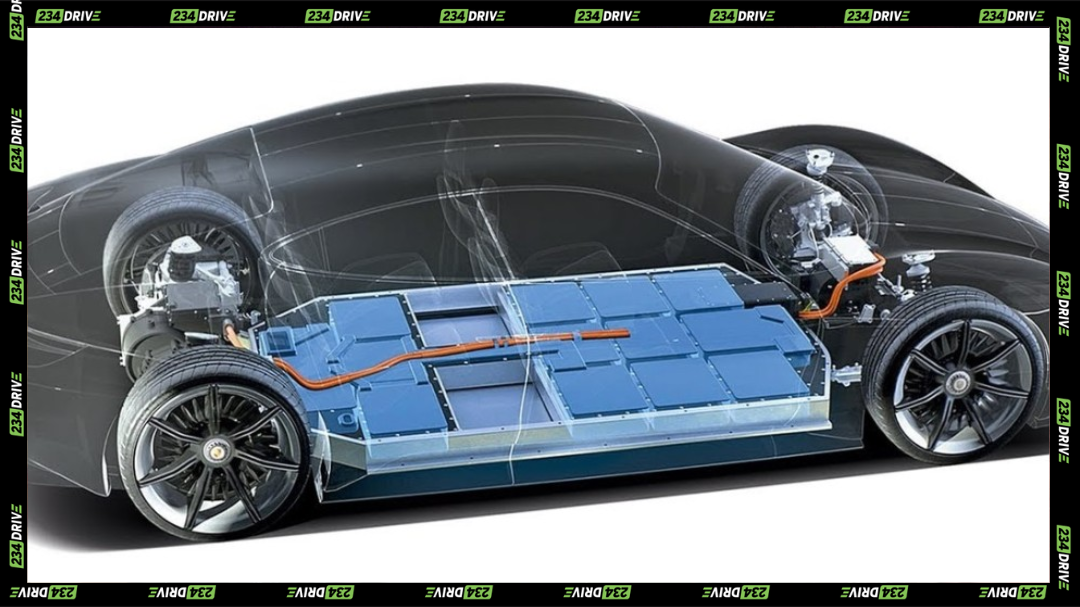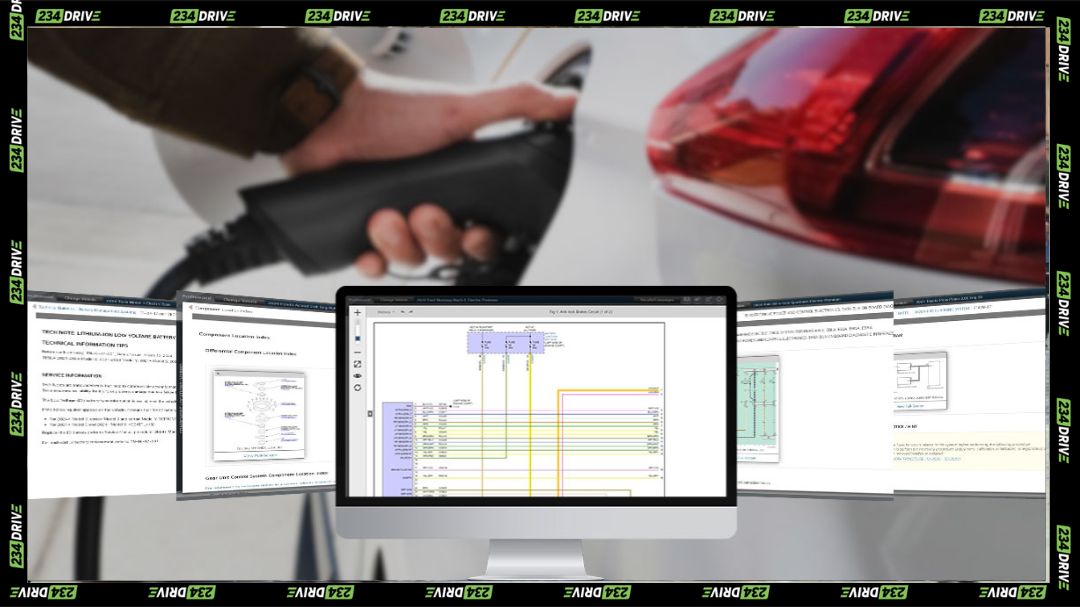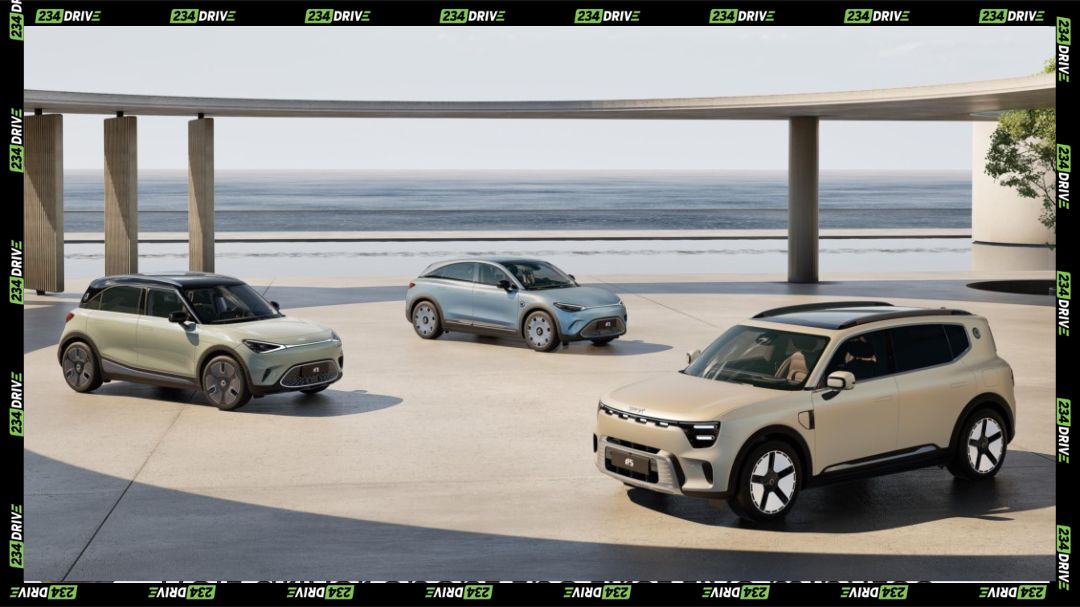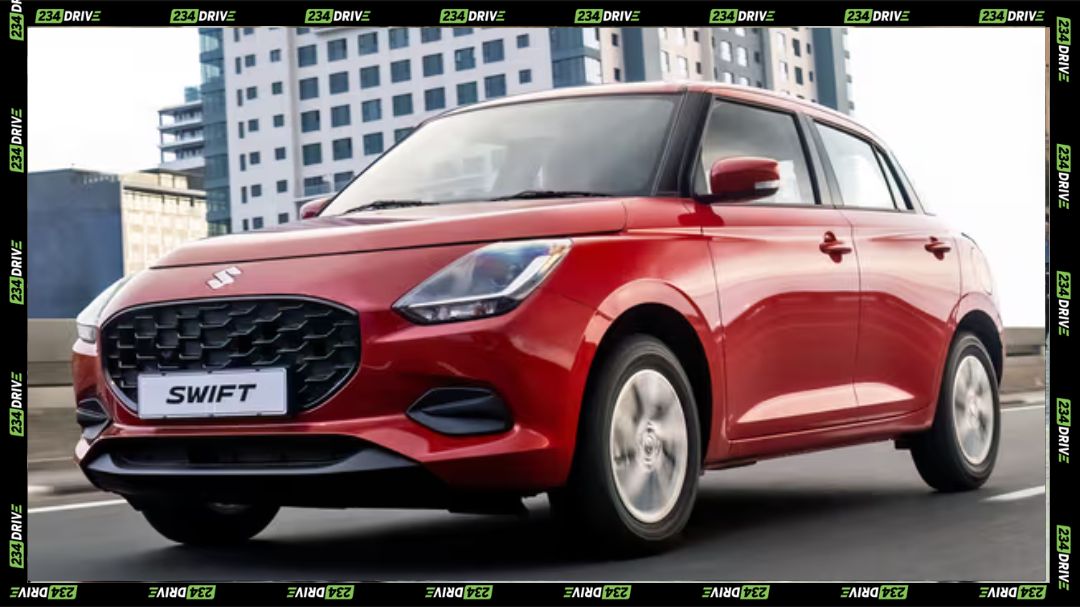Electric vehicles are gaining ground across the world, not only in Europe but also in Africa, from the Nigerian government working on what might be the country’s first EV oversight bill to SA’s Johannesburg working towards EVs making up 40% of the road fleet by 2050.
One of the selling points of electric vehicles was the promise of lower running costs—no oil changes, no fuel queues, and far cheaper “refuelling” through electric charging. But poor battery care can quickly erase those savings. Many EV owners overlook the fact that the battery is the car’s most valuable (and fragile) component. Replacement packs can cost between $5,000 and $20,000, turning a budget-friendly EV into a financial burden overnight. The irony? Most of this damage comes from everyday charging habits that seem harmless. With a few simple adjustments, your EV can stay affordable to own—and its batteries can be healthy—even under unconventional weather and power conditions.
Stop These Charging Habits Before They Kill Your Battery

1. Charging to 100% every time
It feels satisfying to see a full charge, but doing it daily strains the battery’s chemistry. EV batteries perform best between 20% and 80%, and keeping them at full charge raises voltage and heat—both of which speed up the cell degradation. Use your car’s charge limit feature and only go to 100% when taking long trips, where charging options would be limited.
2. Letting your battery drain too low
Many drivers push their EVs until they “just make it home”, but deep discharges are disastrous. Running below 20% repeatedly causes lithium plating—a metallic buildup that ruins a battery’s ability to hold charge. Aim for shallow, frequent charges instead, and most EV systems are optimised to adjust to your charging schedule.
3. Charging in extreme heat or cold
High temperatures across Africa and the Middle East or extreme cold in Europe and America make EV charging risky. Heat speeds up chemical reactions, stressing the pack, while cold slows the flow of energy. Always precondition your battery before charging, park in shaded areas, and avoid rapid charging during the hottest part of the day. Vehicles with liquid-cooled batteries (like Teslas and modern Hyundais) perform better in these climates than those using air cooling.
4. Using cheap or damaged cables
When setting up your personal or home charging unit, low-quality charging cords may save money upfront, but they add up to the risk of fires and permanent damage. A frayed or uncertified cable can overheat or short-circuit. Remembering to always check for certification marks when making a new purchase and replacing any cable that looks bent or corroded will save you way more than the extra cash you save from delays or low-quality purchases.
5. Ignoring software updates
That “Update Available” alert isn’t just for navigation or the latest voice undertone. Manufacturers also use these over-the-air software updates to optimise charging limits, improve cooling efficiency, and protect batteries from moisture or voltage stress. Setting your EV to auto-update overnight while charging is a free, digital tune-up that can also help extend your battery’s life.
In Conclusion
In Africa’s demanding driving conditions, most especially, EV maintenance starts with your battery insurance. By avoiding overcharging and poor-quality cables and then embracing updates along with climate awareness, you can dramatically extend your EV’s life and performance. These small habits don’t just protect your investment; they also make owning an electric vehicle more rewarding and truly cost-efficient.
For anyone considering the switch to electric, knowing how to care for the heart of your EV—the battery—should give you confidence that the promise of low-cost, sustainable mobility is well within reach.









